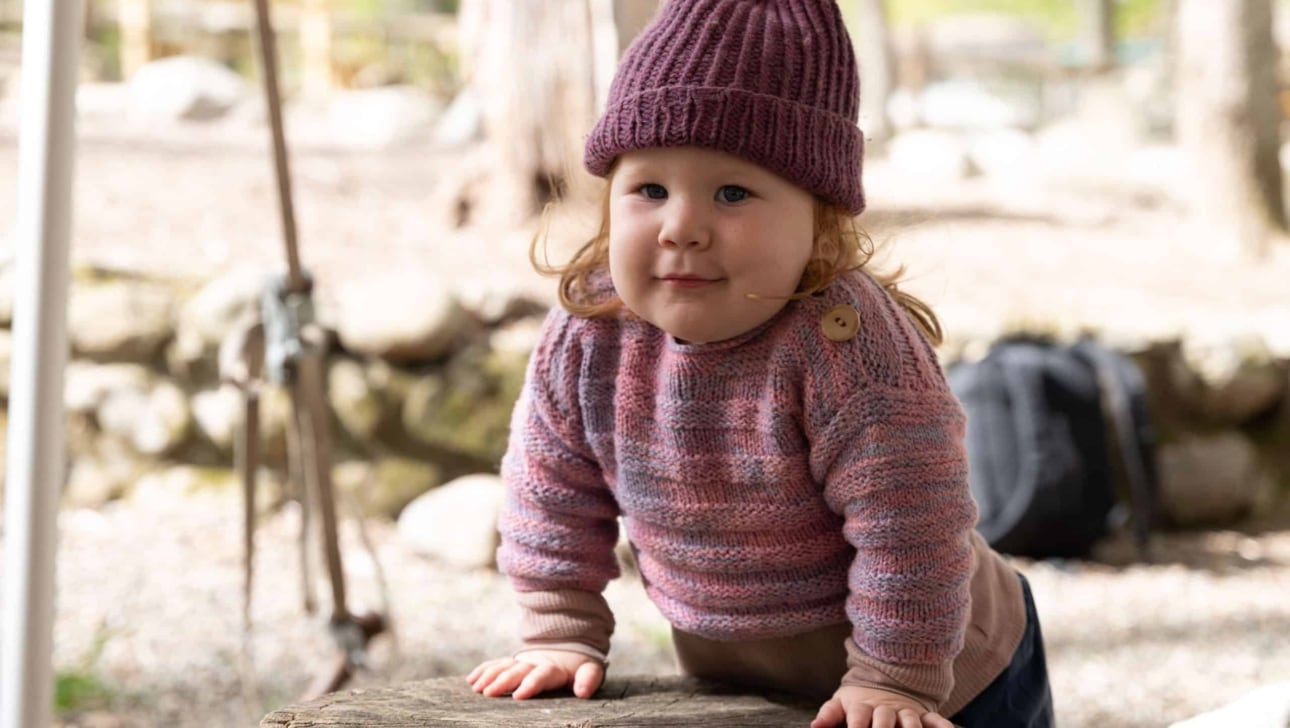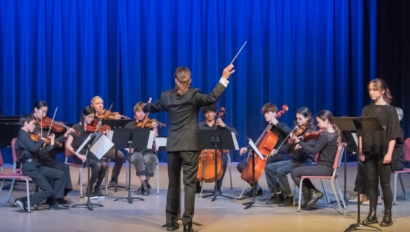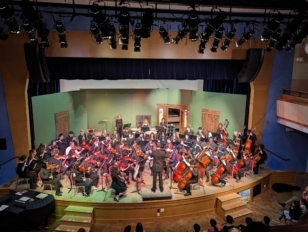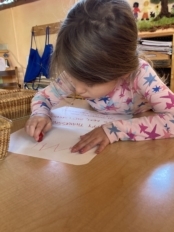Stories are deeply personal; they are the building blocks of life providing nourishment during childhood and adulthood. They have the power to help us make sense of the past, transform the present, and impact the future. Through hearing and telling stories, we can learn to navigate an increasingly complex world and build an understanding of what it means to be human.
Stories lead to an understanding of self and others, creating a fertile ground for building an appreciation of diversity, equity, inclusion and justice, and providing mirrors to who we are, and windows into the experiences of others. Ibram X. Kendi, author of How to Raise an Antiracist, speaks about “childproofing” school environments to create anti-racist and anti-ableist communities. By understanding how race and ability impact school environments and children’s potential, teachers can look for diverse representation in the picture books, puppet shows and stories used.
I have noticed that the perspective of the child is often missing in discussion around the impact of ability and ableism on children’s school experiences. Scott Barry Kaufmann, author of Ungifted, Intelligence Redefined: The Truth about Talent, Practice, Creativity and the Many Paths to Greatness, speaks about the importance of unlocking the potential of children by consciously building empathy and sharing stories where justice is restored, where racism and ableism are challenged, and where all living beings are deeply valued and advocated for.
Stories over time – shared by my parents and people close to me – informed my world view and helped me articulate what is true and important to me. Storyteller Rachel Naomi Remen, author of Kitchen Table Wisdom, writes: “We carry with us every story we have ever heard and every story we have ever lived, filed away at some deep place in our memory. We carry most of those stories unread, as it were, until we have grown the capacity or the readiness to read them. When that happens, they may come back to us filled with a previously unsuspecting meaning. It is almost as if we have been collecting pieces of a greater wisdom, sometimes over many years without knowing.”
In my mixed-age farm kindergarten, we share stories with each other during mealtimes. When an adult or a child shares, the other adults offer full attention to the storyteller, even if it means we have to pause an activity in order to fully focus. When adults offer full attention and full body listening to the unfolding story, we model the importance of learning from each other’s stories, taking in the message and appreciating the messenger.
As storytellers, we can ask ourselves where our own implicit biases might be alive in our story. Does the story line support or break down gender, racial or cultural stereotypes? Who are the heroines/heroes and helpers in the stories? Are we using the story to help create an anti-bias and anti-ablest home and school life? Are we using the story to help support a kind and inclusive community where all living beings are cherished and valued?
This is the story of one of our roosters in the farm kindergarten in which we are invited to imagine a world where caring human beings remove hindrances society might have imposed, including those related to race, ability, gender, sexual identity, age, and people’s religious and cultural backgrounds.
The Rooster Who Ran Backwards
One sunny autumn day, two young boys arrived at the farm, carrying two roosters, each of them equally elegant and beautiful. The boys were looking for a home for them, and insisted that the roosters were friendly and would get along well with children, adults and the barnyard chickens. It appears that the boy’s neighbors did not appreciate the roosters’ crowing.
We placed them in the barnyard, but unfortunately, they did not get along well with the other animals. They immediately started running after the other roosters and the hens, as well as some of the children and teachers. One rooster was acting in an especially unfortunate manner, flapping his wings angrily and pecking at anyone who was close. We gave them some time alone to adjust, but by evening when it was time to go into the barn, the roosters were not listening, and had to be left outside.
I arrived at the farm later that evening and could immediately see one rooster roosting on the fence next to the barn and fast asleep, so I put him in the barn with the other chickens. I could not find the other rooster, who must have found his own hidden roosting spot.
In the morning, the second rooster had returned and was standing in front of the sheep barn door, ready to attack anyone coming close. Clearly, he was not happy, and probably scared. We returned him to the young boys, who brought him home as we waved goodbye.
The rooster who stayed adjusted nicely to the barnyard, crowing loudly and making friends. He loved to be held, was patient and enjoyed the children’s attention, sitting quietly and calmly on their laps, sometimes almost falling asleep there.
He had one interesting quality: At all times of the day he ran backward! As he walked around the barnyard, he would stop in his tracks and run backwards, often bumping into people or other animals. We all wondered about the reasons for this behavior, but we accepted him as he was and cared for him.
One day everything changed. Several children were holding the rooster as he rested happily in their arms, and one child asked me: “Why does he have a velcro strap around his neck?” A velcro strap? The teachers had not seen it, but a few of the children had, because they were the ones who had been holding him. I carefully examined his neck, and sure enough, a velcro strap with a buckle was attached snugly around his neck. Clearly, we all agreed that did not seem like a good idea and it did not seem safe! Carefully I removed the strap and wondered aloud: “Will our rooster still be running backward? How will he feel now that the unneeded strap was removed?”
And can you imagine: The rooster has never run backwards again! He must have been so relieved to have that velcro strap removed. How happy he must be to finally have his neck freed from the strap, attached by a prior owner to prevent him from crowing. Even if he had become used to this strap, it had held him back from being the happy and comfortable rooster that he was meant to be.
Postscript for Adults:
Sometimes we wonder, what can hold us back, and, once the hindrance is removed, how can animals – and human beings – stop moving backward, and move forward in ways we are meant to? Our new rooster friend has taught us a lot about how removing hindrances can be life changing, and how giving each other space to develop can lead to unexpected discoveries.
Carol Grieder-Brandenberger is a women’s health nurse practitioner, pediatric nurse, and an early childhood educator. Born and raised in Switzerland, she moved to the USA with her husband and has worked as a nurse in maternal-child home care for many years. After her daughters were born, she became an early childhood educator in the Nursery, and more recently in the Duryea Farm Kindergarten at Green Meadow Waldorf School.



